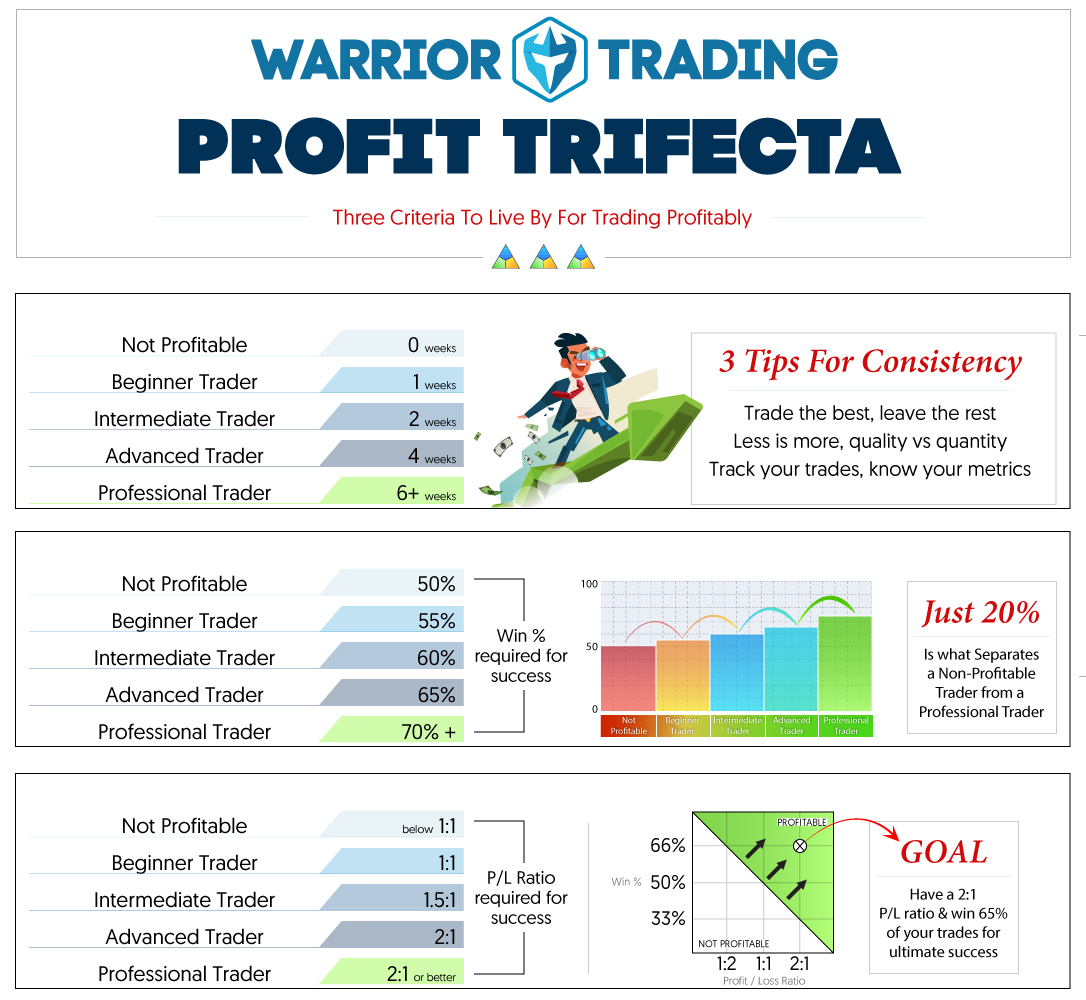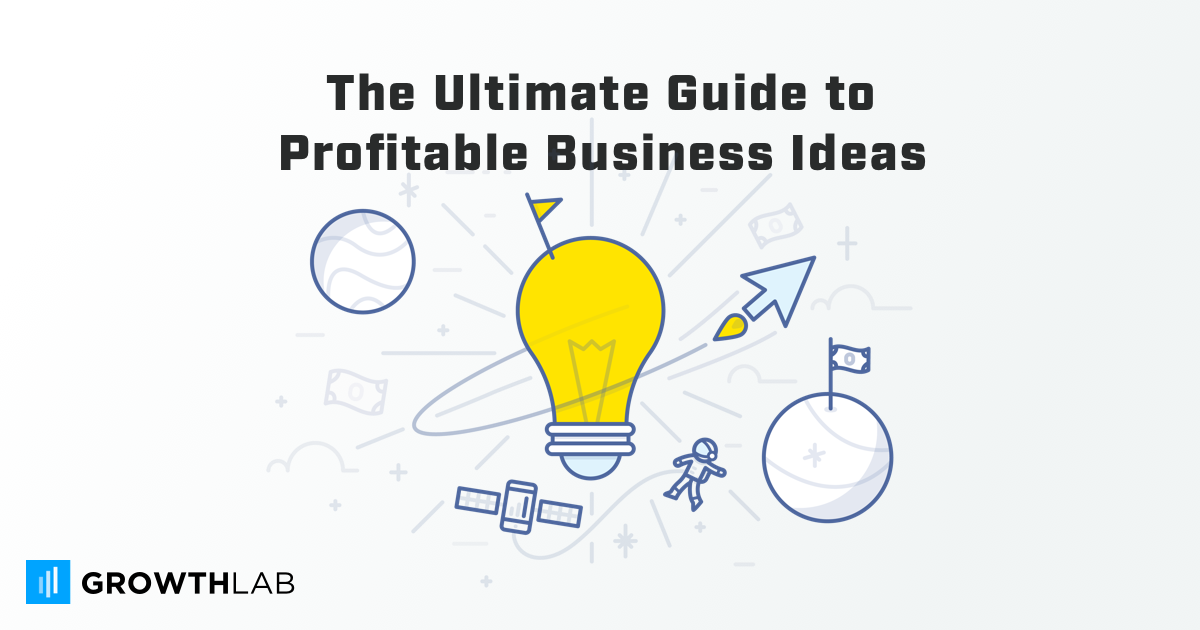How Long Does A New Business Take To Be Profitable
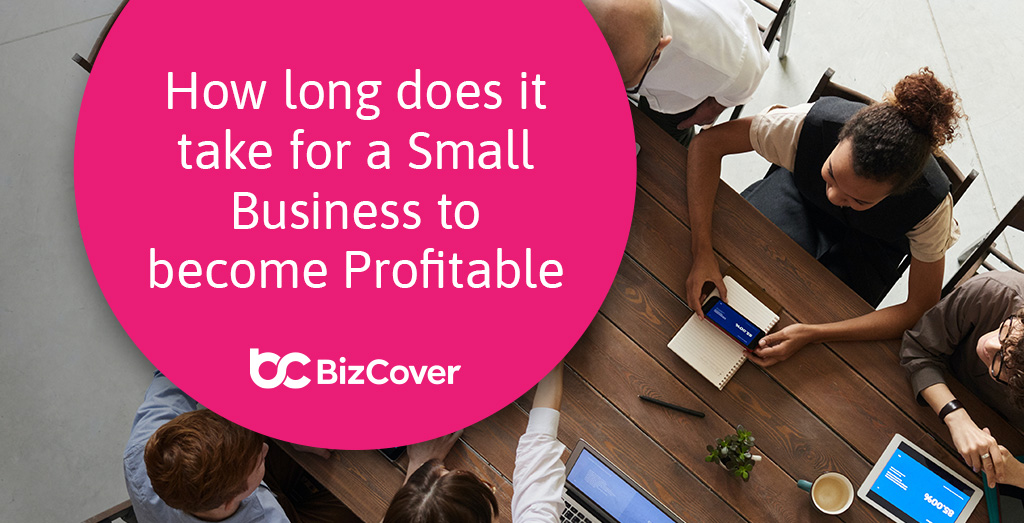
The dream of entrepreneurship is often painted with vibrant colors of success and financial freedom. However, the reality for many new business owners involves a period of financial uncertainty. The burning question on every entrepreneur's mind remains: How long before my business turns a profit?
The journey to profitability is a marathon, not a sprint, with timelines varying significantly based on industry, business model, initial investment, and a host of other factors. It requires meticulous planning, unwavering dedication, and a realistic understanding of market dynamics. This article delves into the complex landscape of business profitability timelines, exploring averages, influencing factors, and expert insights to provide a comprehensive overview for aspiring and current business owners.
The Average Timeline: A Murky Picture
Pinpointing an exact average time to profitability is challenging, as data varies across sources and methodologies. However, a widely cited benchmark suggests that most new businesses take approximately 2 to 3 years to become profitable. This figure, often referenced by organizations like the Small Business Administration (SBA), serves as a general guideline, but shouldn't be taken as gospel.
Data from a Startup Genome report indicates that startups, particularly in the tech sector, can take even longer, sometimes up to 3 to 5 years to reach consistent profitability. Conversely, businesses with lower startup costs and established business models, such as some service-based companies, might achieve profitability within a year.
Key Factors Influencing Profitability
Several critical factors significantly impact the time it takes for a business to become profitable. These can be broadly categorized into internal and external influences, each demanding careful consideration.
Internal Factors: Strategy and Execution
The business plan itself is a cornerstone of future profitability. A well-defined strategy, a realistic financial projection, and a clear understanding of the target market are essential for accelerating the path to profitability.
Effective execution is equally crucial. This involves efficient operations, strategic marketing efforts, and adept management of cash flow, all critical for minimizing expenses and maximizing revenue generation. Many businesses fail due to poor financial management, according to studies conducted by Dun & Bradstreet.
External Factors: Market and Competition
External market conditions play a significant role. A booming economy can provide a favorable environment for growth, while a recession can stifle demand and prolong the wait for profitability.
The competitive landscape also exerts a powerful influence. High levels of competition can force businesses to lower prices, increase marketing spend, and innovate continuously, all of which can impact the bottom line. According to Michael Porter's work on competitive advantage, understanding your industry is paramount.
Industry-Specific Considerations
The industry in which a business operates heavily influences its profitability timeline. Some sectors naturally have longer lead times due to high startup costs or complex regulatory environments.
For instance, pharmaceutical companies typically require years of research and development before bringing a product to market, whereas a small retail store might see profits much sooner. Similarly, the restaurant industry often faces high failure rates and a longer path to profitability due to thin margins and intense competition.
Strategies to Accelerate Profitability
While there's no magic formula, several strategies can help businesses shorten their time to profitability. Focusing on customer acquisition is paramount. Targeted marketing campaigns, strong customer service, and building brand loyalty can all drive revenue growth.
Careful cost management is equally important. Regularly reviewing expenses, negotiating with suppliers, and streamlining operations can help reduce overhead and improve profitability. Embracing technology and automation can further increase efficiency and reduce costs.
Another crucial strategy involves adapting to market feedback and continuously improving the product or service offering. Regularly soliciting customer feedback and iterating based on those insights can lead to increased customer satisfaction and repeat business, ultimately boosting profitability.
Looking Ahead: Adapting to a Dynamic Landscape
The business landscape is constantly evolving, and entrepreneurs must be prepared to adapt to new challenges and opportunities. The rise of e-commerce, social media marketing, and remote work has created new avenues for growth and profitability, but also new sources of competition.
In conclusion, the journey to profitability is a unique and often unpredictable one. While averages provide a general benchmark, understanding the specific factors influencing your business and implementing strategic initiatives are essential for navigating the path to financial success. By combining careful planning, diligent execution, and a willingness to adapt, entrepreneurs can increase their chances of achieving profitability and building a sustainable business.

![How Long Does A New Business Take To Be Profitable 20+ Must-Know Startup Statistics [2023]: Average Time to Reach](https://www.zippia.com/wp-content/uploads/2022/02/startup-failure-rate-by-time-in-business.jpg)


![How Long Does A New Business Take To Be Profitable 3 essential things new businesses should be spending money on [INFOGRAPHIC]](http://anthillonline.com/wp-content/uploads/2020/04/new-business.jpg)



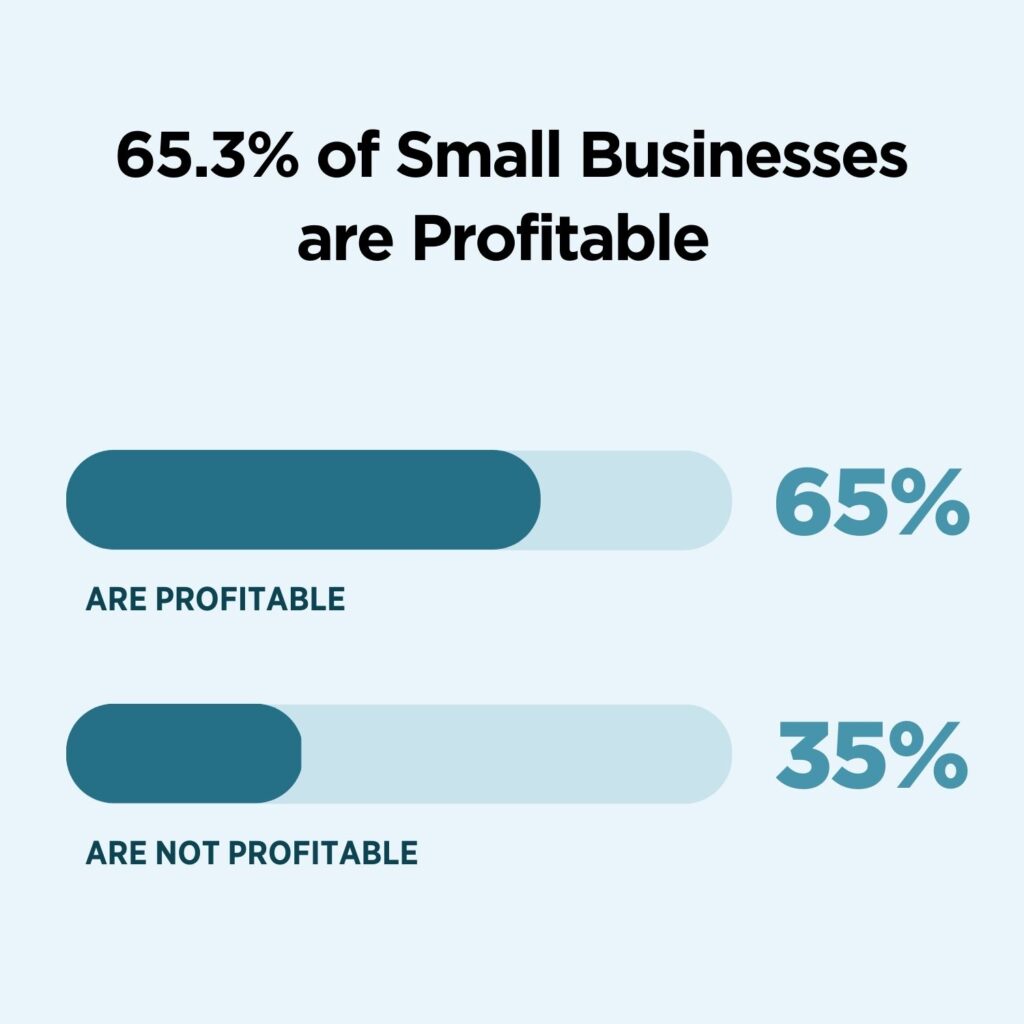
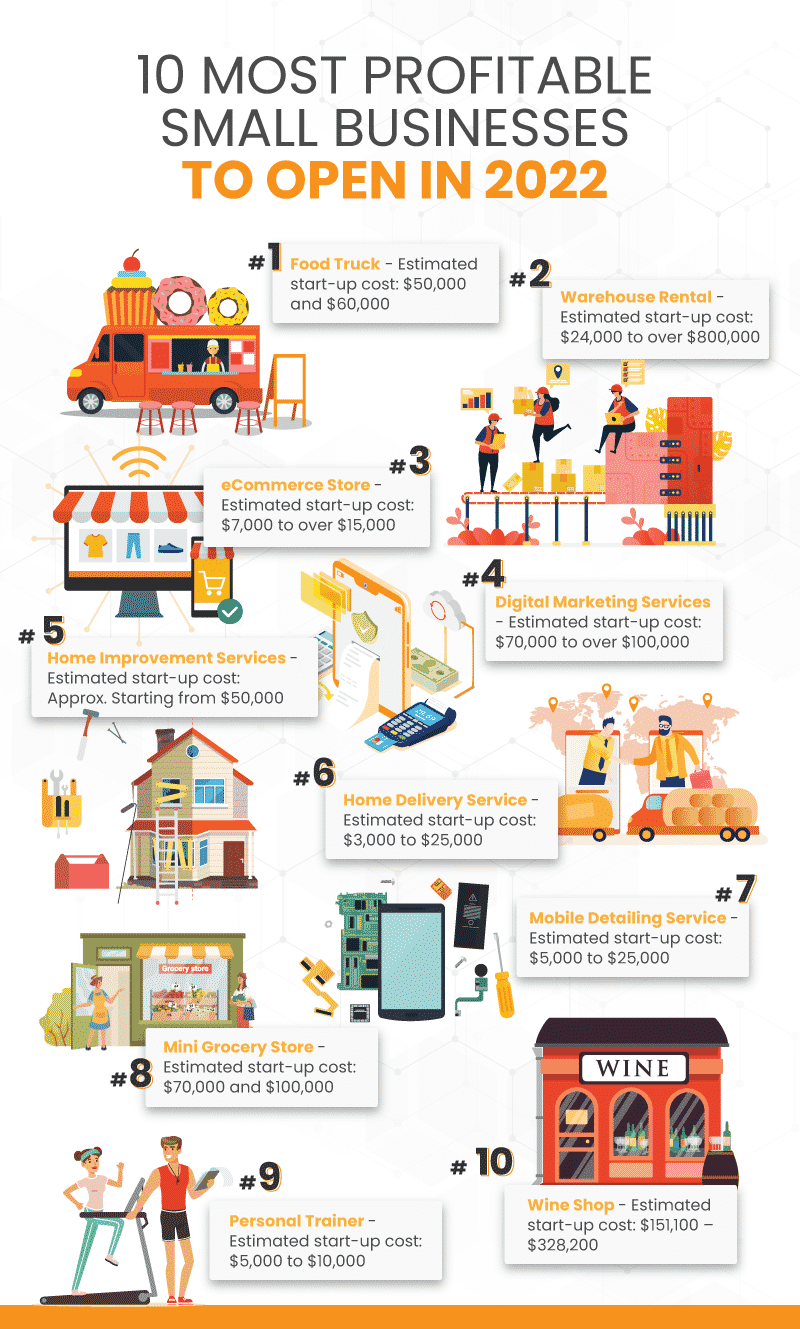



.jpg)
